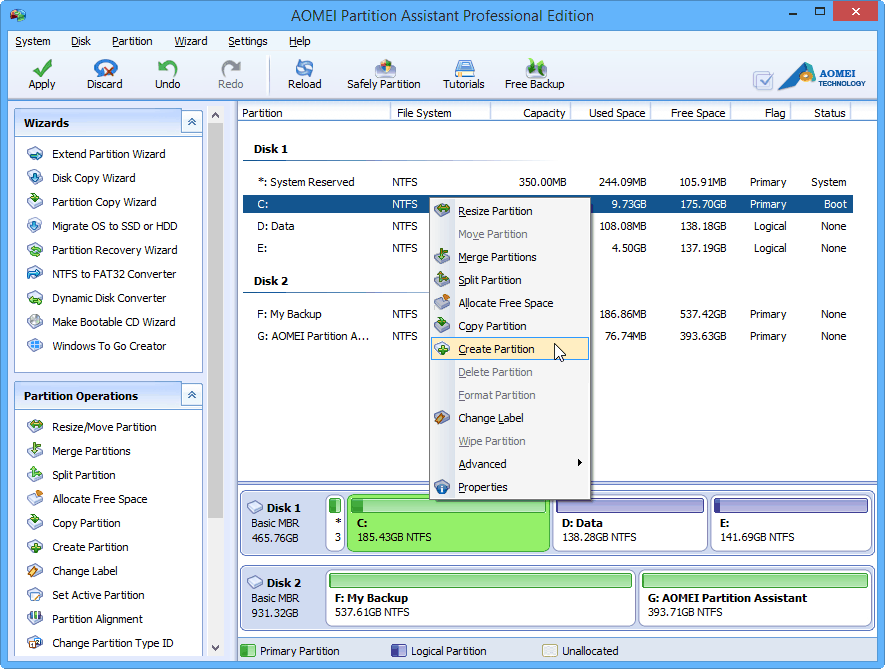


If you don’t want to proceed with partitioning the disk, click Cancel.Īfter the operation finishes, click Done.Īfter you partition a storage device, an icon for each volume appears in both the Disk Utility sidebar and the Finder sidebar. If you want to proceed with partitioning the disk, click Continue. Finally, select 'Perform a quick format' and then click on 'Next'. Press Windows Key + R to open the Run dialog, type diskmgmt.msc into the box, and press Enter to open it. Select 'Format' this volume and ensure that you select the following: Select 'NTFS on File System' and 'Default on Allocation unit size' On Volume Label, enter the name you want the name drive to be referred. If a dialog appears that indicates it will take a long time to resize the startup volume, read the information in the dialog, then do one of the following: First, open the Windows Disk Management tool. Download the correct Windows driver package, then follow these steps: Copy the ApplsHFS.sys and AppleMNT. Read the information in the Partition Device dialog, then click Partition. Be sure to remove Paragon or MacDrive before proceeding. Unlike HFSExplorer, Paragon HFS+ for Windows provides full read/write access to Mac drives and promises high performance. Paragon HFS+ for Windows is a paid application, but it distinguishes itself with additional features. Type a name for the volume in the Name field.įor MS-DOS (FAT) and ExFAT volumes, the maximum length for the volume name is 11 characters.Ĭlick the Format pop-up menu, then choose a file system format.Įnter the size or drag the resize control to increase or decrease the size of the volume. Download: HFSExplorer for Windows 10 (Free) 3. Note: If you click Add Volume instead, you can click the Add button to create an additional APFS volume in the container, or click Cancel to return to the Disk Utility window without making any changes to the storage device.


 0 kommentar(er)
0 kommentar(er)
